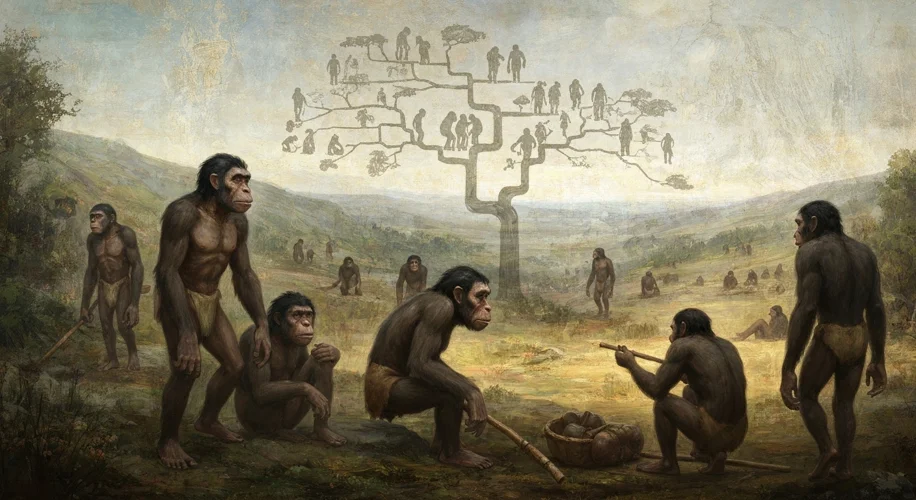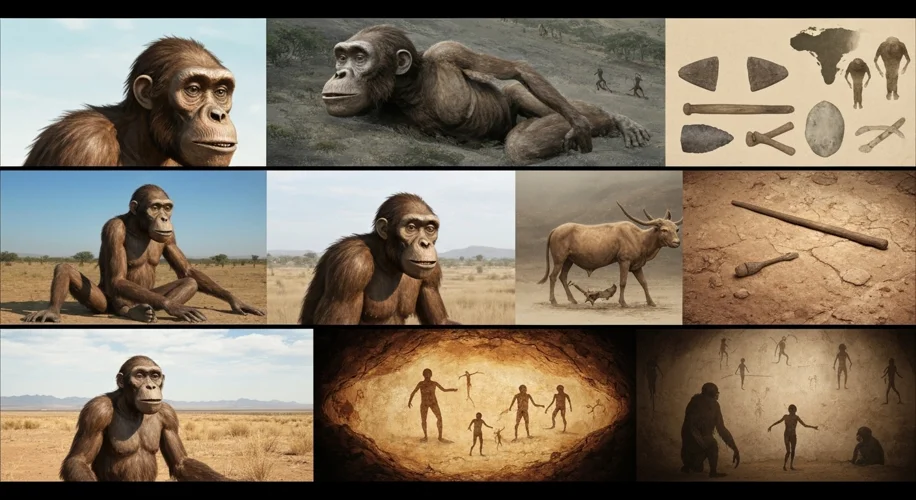The question “Where did we come from?” has echoed through human history, a primal curiosity etched into our very being. For centuries, the answer seemed as elusive as a whisper in the wind. Then, in the mid-19th century, a revolutionary idea emerged, one that promised to illuminate our origins with the stark light of science: Darwin’s theory of evolution by natural selection. It painted a compelling picture of a gradual ascent, a slow, steady climb from simpler forms of life to the complex beings we are today. But what if this monumental narrative, while foundational, is not the whole story? What if the path of human evolution was more intricate, more surprising, and perhaps even stranger than we initially imagined?
Charles Darwin’s “On the Origin of Species” (1859) and “The Descent of Man” (1871) offered a paradigm shift. He proposed that all species, including humans, evolved over vast stretches of time from a common ancestor. For humanity, this meant tracing our lineage back through primates, a notion that, at the time, was nothing short of scandalous, challenging deeply held religious and philosophical beliefs. The subsequent discovery of early hominid fossils, like Neanderthals and Homo erectus, seemed to bolster Darwin’s framework, presenting a neat, linear progression.

However, as our understanding deepens and new discoveries emerge, the picture becomes far less like a straight line and more like a tangled web. The story of human evolution isn’t just about a single ladder; it’s about a complex bush with many branches, some flourishing, some dying out, and some intertwining in unexpected ways.
Consider the enigmatic Denisovans. Known primarily through a few fragments of bone and teeth discovered in a Siberian cave, these early humans were contemporaries of Neanderthals and early Homo sapiens. Genetic analysis has revealed that Denisovans interbred with both Neanderthals and, crucially, with the ancestors of modern humans. This means that many people alive today, particularly those of Asian and Pacific Islander descent, carry small traces of Denisovan DNA. This wasn’t a simple linear progression; it was a period of remarkable intermingling and gene sharing.
Then there’s the debate surrounding

